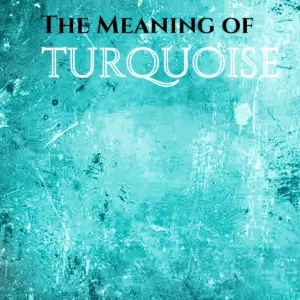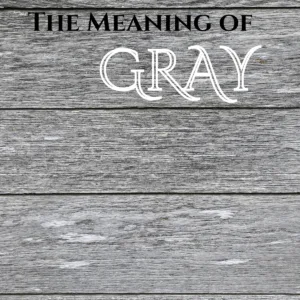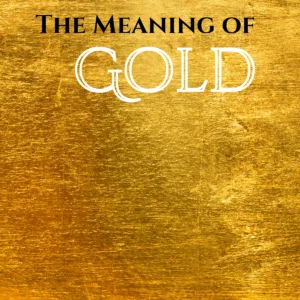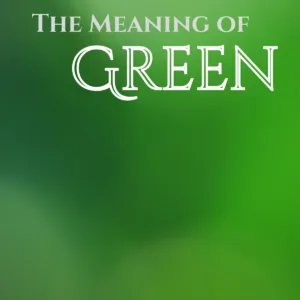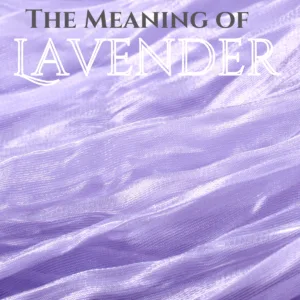Colors have the power to evoke emotions and convey messages without the need for words. Each color carries its own symbolism and meaning, and one such color is blue. Blue is a versatile and widely used color that holds significance in various aspects of our lives. In this article, we will explore the meaning behind the color blue and its impact on our emotions and perceptions.
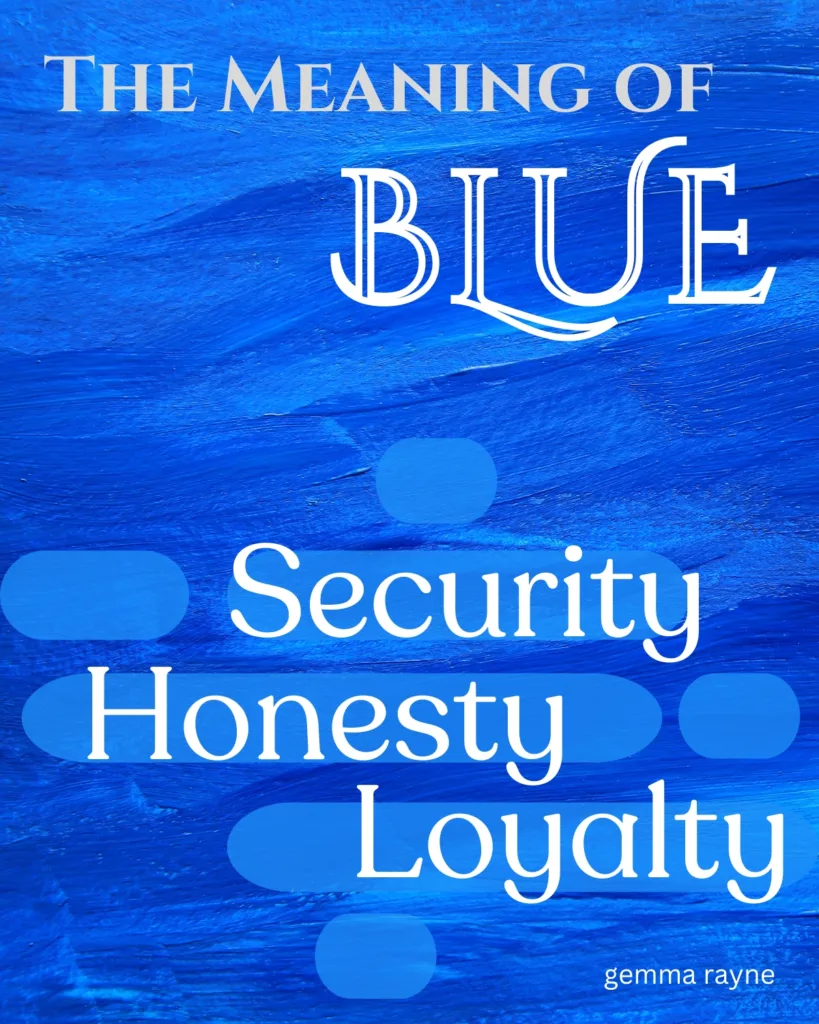
The Symbolism of Blue
Blue is often associated with feelings of calmness, tranquility, and serenity. It is a color that is commonly found in nature, such as the blue sky and the vast ocean. As a result, blue has come to represent a sense of stability and peace.
Furthermore, blue is often linked to qualities such as trust, reliability, and loyalty. It is a color that is frequently used in corporate branding to convey professionalism and dependability. Many financial institutions and technology companies incorporate shades of blue in their logos and designs to instill a sense of trust and confidence in their customers.
The Psychological Effects of Blue
Research has shown that the color blue can have a profound impact on our emotions and well-being. It has been found to promote feelings of relaxation, lower blood pressure, and reduce anxiety. This is why blue is often used in healthcare settings, as it can create a calming and soothing environment for patients.
On the other hand, blue can also evoke feelings of sadness or melancholy. We often use phrases like “feeling blue” to describe a state of sadness or depression. This association may stem from the fact that blue is the color of tears and is often linked to feelings of sorrow.
Cultural and Symbolic Meanings of Blue
Blue holds different meanings and symbolism across various cultures and traditions. In Western cultures, blue is often associated with masculinity, as it is commonly used to represent boys and men. It is also linked to concepts of cleanliness and purity.
In some Eastern cultures, blue is considered a symbol of immortality and spirituality. It is associated with gods and deities, and is often used in religious ceremonies and rituals.
Additionally, blue is the color of communication and self-expression. It is often associated with clear and concise communication, which is why it is commonly used in advertising and marketing to grab attention and convey messages effectively.
Using Blue in Design and Decor
When it comes to design and decor, blue can be a versatile and impactful color choice. Lighter shades of blue, such as baby blue or sky blue, can create a sense of openness and freshness. These shades are often used in bedrooms and bathrooms to promote relaxation and tranquility.
Deeper shades of blue, such as navy or royal blue, can add a touch of elegance and sophistication to a space. These shades are commonly used in formal settings or in areas where a sense of authority and professionalism is desired.
When using blue in design, it is important to consider the overall mood and atmosphere you want to create. Blue can be combined with other colors to create different effects. For example, pairing blue with white can create a clean and crisp look, while combining it with yellow can create a vibrant and energetic feel.
Exploring the Color Blue in Nature
Blue is a captivating color that can be found in various elements of nature, creating breathtaking scenes that inspire awe and wonder. From the vast expanse of the sky to the depths of the ocean, blue is a color that holds a special place in our hearts. Let’s take a closer look at some of the natural wonders that showcase the beauty of blue.
One of the most iconic displays of blue in nature is the sky. Whether it’s a clear, sunny day or a starry night, the sky’s vibrant blue hue never fails to mesmerize us. The color is a result of the scattering of sunlight by the Earth’s atmosphere, creating a stunning backdrop for our daily lives.
Moving from the sky to the water, we encounter another remarkable display of blue in nature. The ocean’s vastness is a canvas of different shades of blue, ranging from the palest turquoise to the deepest navy. The color is influenced by various factors, such as the depth of the water, the presence of algae or coral reefs, and the angle of sunlight. The mesmerizing blue of the ocean has a calming effect on our senses, evoking a sense of tranquility and serenity.
In addition to the sky and the ocean, blue can also be found in various flora and fauna. From delicate blue flowers like forget-me-nots and hydrangeas to majestic creatures like blue morpho butterflies and blue whales, nature showcases an array of blue hues. These vibrant displays of blue in plants and animals add a touch of enchantment to the natural world.
Blue color in nature is not limited to the sky, water, and living organisms. It can also be seen in stunning geological formations like blue ice caves and blue lakes. These natural wonders, formed by unique geological processes, create a surreal and ethereal atmosphere that is truly captivating.
In conclusion, the color blue in nature is a testament to the beauty and diversity of our planet. From the sky above to the depths below, blue creates awe-inspiring scenes that leave us in awe of the natural world. So, the next time you come across a splash of blue in nature, take a moment to appreciate the magic and wonder it holds.
The Meaning of a Blue Color Aura
Auras are believed to be the energy fields that surround living beings. These fields are said to contain information about a person’s physical, mental, and spiritual well-being. Each color in an aura is associated with specific qualities and characteristics. In this article, we will explore the meaning of a blue color aura.
A blue color aura is often associated with calmness, peace, and tranquility. It is said to indicate a person who is highly intuitive, sensitive, and in touch with their emotions. Those with a blue aura are often seen as compassionate, empathetic, and nurturing individuals.
People with a blue aura are known for their strong communication skills. They have a natural ability to express themselves and connect with others on an emotional level. They are often excellent listeners and are able to offer support and guidance to those in need.
Individuals with a blue aura are often drawn to creative pursuits. They have a deep appreciation for art, music, and beauty. They may have a talent for writing, painting, or playing a musical instrument. Their creativity is often fueled by their emotional depth and sensitivity.
On a spiritual level, a blue aura is associated with the throat chakra, which is linked to communication and self-expression. Those with a blue aura may have a strong connection to their inner voice and intuition. They may also possess a deep sense of purpose and a desire to make a positive impact in the world.
In conclusion, a blue color aura represents qualities such as calmness, intuition, creativity, and compassion. Those with a blue aura are often gifted communicators and have a strong sense of empathy. They are in touch with their emotions and have a deep connection to their spiritual selves.
Final Thoughts
The color blue holds a multitude of meanings and symbolisms, ranging from calmness and trust to sadness and spirituality. Its impact on our emotions and perceptions cannot be underestimated. Whether it is used in branding, design, or decor, blue has the power to evoke specific feelings and convey messages without the need for words.
So, the next time you come across the color blue, take a moment to reflect on its meaning and the emotions it stirs within you.
